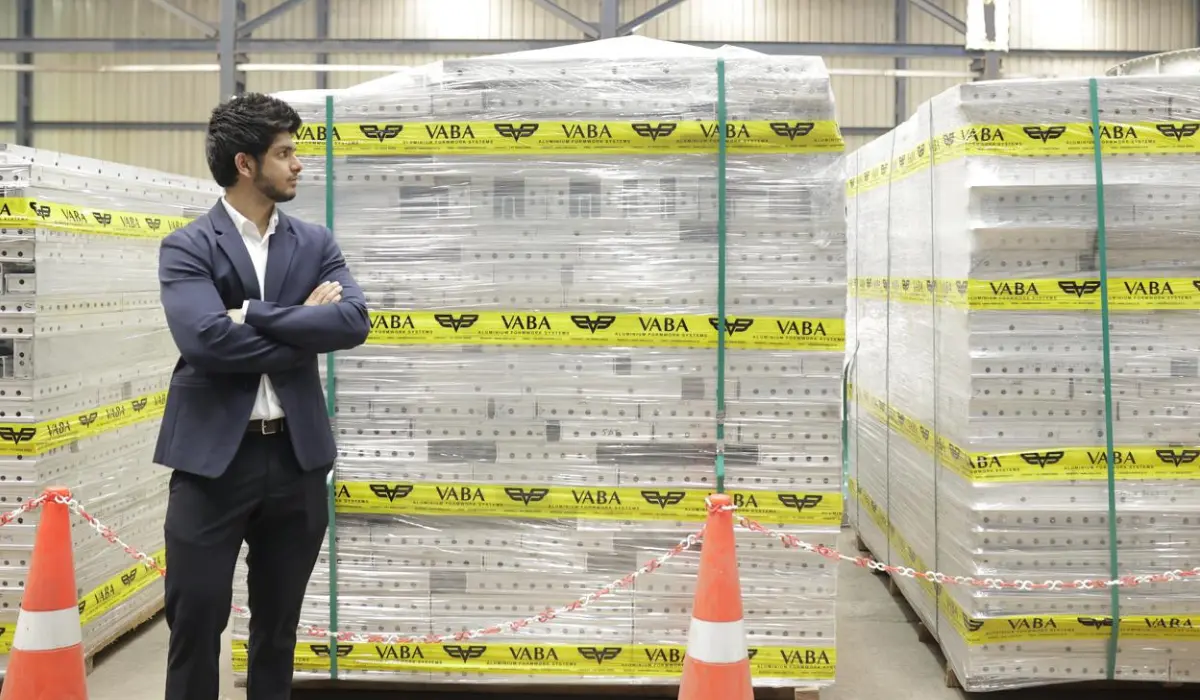
As the construction industry is developing fast, there’s no space for slow, lazy work. Construction projects these days must be fast and efficient. This is why constructors and builders are turning towards aluminium formwork in construction from traditional formwork systems. Why? Aluminium formwork evidently offers better precision, speed, and durability in construction. Even better, these aluminium formwork panels are reusable as well. Especially for large-scale construction projects, builders have started relying on aluminium formwork systems without a second thought.
Leading aluminium formwork manufacturers in Pune continue to assert that while these systems are extremely durable, you can always keep things more in check by opting for regular maintenance. In fact, the lifecycle of aluminium formwork panels depend heavily on the maintenance.
Since there’s no space for lapse in construction, you must know the details of how to care for aluminium formwork systems for ensuring long-term projects. So, without further ado, let’s take a closer look at the best practices to care for aluminium formwork.
Why Does Maintenance Matter?
Typically, aluminium formwork systems have a better longevity compared to traditional formwork. However, like any other material in construction, aluminium formwork is also subject to wear and tear. Not maintaining the panels properly can lead to deformation, surface damage, corrosion, and compromised fitting. These issues can seriously impact your construction project.
Maintenance, on the other hand, helps in a couple of ways:
- Increased reuse cycles (up to 250–300 repetitions with proper care)
- Improved safety on site
- Enhanced surface finish of the concrete
- Reduced replacement costs
- Higher efficiency in project execution
Common Issues in Aluminium Formwork
We’re going to explore the best maintenance practices for aluminium formwork. However, first of all, it’s important to know the common issues that aluminium formwork systems can encounter:
- Bending or denting of panels from mishandling or dropping
- Corrosion due to exposure to moisture and chemicals
- Worn-out edges leading to misalignment and gaps
- Dust and debris accumulation interfering with fitting
- Stuck concrete residue that reduces surface smoothness
Every single one of these problems can lead to serious challenges in construction if you leave them unaddressed.
Tips for Maintaining Aluminium Formwork
Now that we know the common issues that aluminium formwork systems can face and the importance of maintenance, let’s try to understand how do you actually maintain these panels. Here are the expert tips on maintaining aluminium formwork systems:
- Handle with Care : If your construction crew isn’t acquainted with aluminium formwork systems, first ensure that they go through proper training on how to handle the panels. Aluminium is softer than steel. If your crew drops the panels or drags them across rough surfaces, it can lead to damage. If you want to move the panels, you should ideally use lifting hooks and ropes. Furthermore, whenever you store aluminium formwork, keep the panels in an upright, protected position. These steps will ensure that the panels don’t get damaged while handling.
- Clean Immediately after Use : Concrete residue hardens quickly, too quickly for comfort. Once the concrete becomes hard, it becomes extremely difficult to remove it from the surface. As soon as you’re done using the panels, clean them thoroughly, ideally with a soft brush and water. Note that it’s advised that you avoid using harsh scraping tools. Such tools can damage the surface of the aluminium formwork. You can use a mild detergent to remove stubborn grime.
- Apply Release Agents Properly : Before you start using the formwork panels, you should use high-quality release agents. Apply the release agent of your choice uniformly on the surface of the panels. This helps in two ways:
1. It stops the concrete from sticking to the surface, and
2. It prevents wear and tear.
However, it’s advisable that you don’t use diesel or used oil as the release agent. Over time, these can damage the aluminium. - Arrange Regular Inspection : The best practice is to have a maintenance checklist with you while you search for cracks, bends, or weakened joints. If a panel shows extreme damage during inspection, replace or repair the part as quickly as possible.
- Avoid Overloading : Every aluminium formwork system comes with its own design parameters. If you overload the panels, it can lead to bending. In worst case scenarios, it can also lead to complete failure. You’d receive the guidelines on pressure and load limits from your aluminium formwork manufacturer. Strictly follow those guidelines to keep the system efficient.
- Proper Stacking and Storage : Disorganized storage increases the risk of damage. Stack panels vertically in racks and group smaller components in bins. Avoid placing heavy items on top of the formwork, and always keep components off the ground to avoid moisture absorption from the soil.
Final Thoughts
Aluminium formwork offers an excellent balance of durability, precision, and sustainability in construction. However, like any valuable equipment, its true worth is realized when it’s maintained properly. From careful handling and regular cleaning to weather protection and routine inspections, each small step plays a crucial role in maximizing the return on investment.
As demand continues to grow in fast-paced urban construction, companies that prioritize equipment longevity are the ones who stay competitive. Whether you’re a seasoned builder or a contractor just starting with aluminium formwork, adopting good maintenance habits today can save you significant costs and headaches tomorrow.